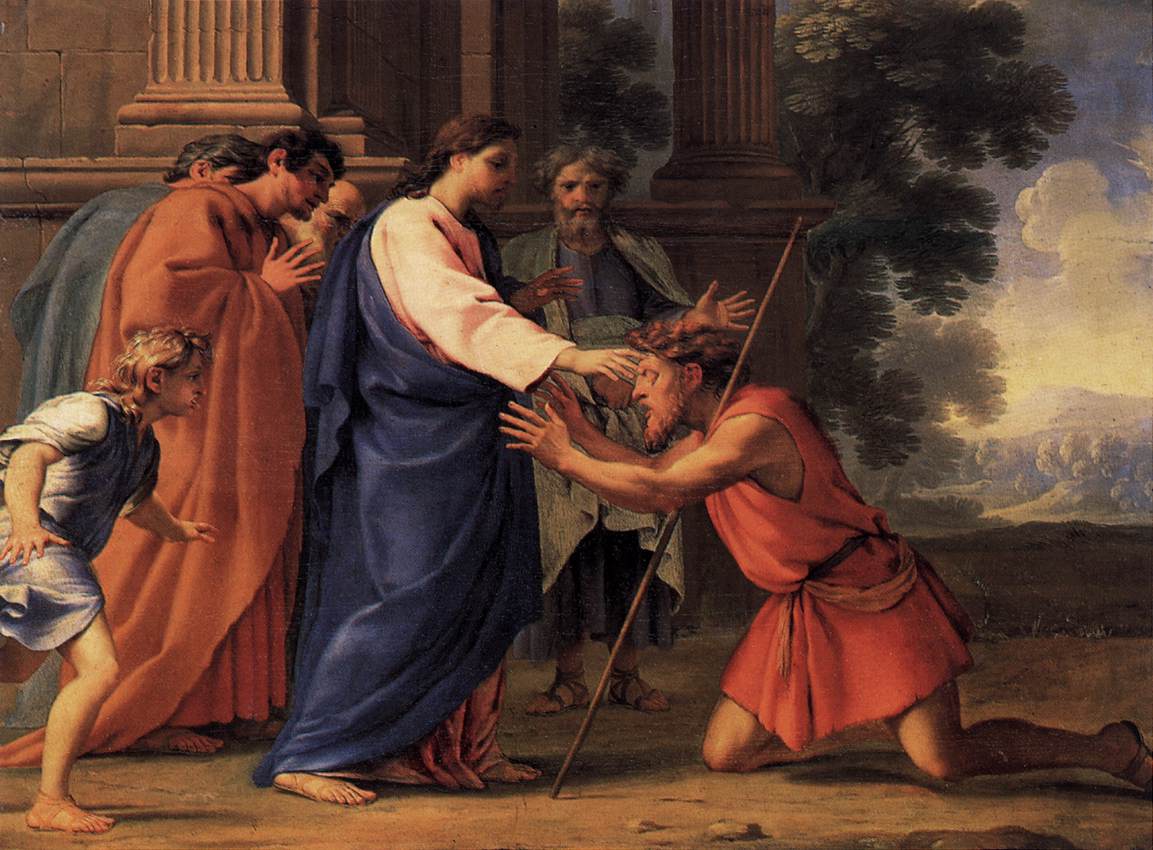It’s terrific to open my email and find your questions and comments about the course Discovering Music: 300 Years of Interaction in Western Music, Arts, History, and Culture. I especially welcome questions from people who are considering the course. There’s one question that comes up frequently, so I thought I might answer it here.

Parents are both curious and concerned about the values and perspective of the curriculum. That’s a wonderful thing, by the way. I think back to my own mother, who routinely leafed through my textbooks in the 1950s and 60s. I never realized what she was doing, but she was definitely checking to see what we were learning! And, as I recall, she had a lot to say about what she found—especially to the teachers! Today, we’d call her concerns “value-based.” Back then, she was just a concerned mom.
Frequently I’m asked whether Discovering Music is in accord with, and/or respectful of, Judeo-Christian values. This is an issue of primary importance to many home-schooling families. The short answer is, yes. But rather than leave it at that, let’s explore the issue, because it evokes the entire spectrum of our Western musical heritage.
Sacred music is the foundation of Western music. When we think about symphony orchestras and operas, we sometimes forget that the first music written down on parchment in the Western tradition was church chant (often called Gregorian Chant). Instrumental music developed in response to that chant.
Sacred music is a central aspect of Discovering Music. Those of you scooting along through the curriculum know that the course carefully covers the critical role of Easter and Lent in regulating European society and the emergence of Protestant chorales during the Reformation. If you’ve absolutely flown through the course, you’re already learning about Psalm Singing in Colonial America and Shape-Note singing (early American hymnody), not to mention the gorgeous music of the Russian Christian tradition.
In approaching aspects of secular repertoire for Discovering Music, I was selective, particularly in handling the topic of opera. You may have friends who think about opera as some kind of dusty, boring old music, but you likely already know that opera was the principal form of public entertainment. Opera occupied the same role as movies do today. It was at the cutting edge of everything, and often went over that edge! Thus, I chose selections with care.
Parents: you will be pleased with the way Discovering Music presents and recommends websites. My younger colleague Amanda Marsrow, M.M., researched and wrote these sections. Amanda is the eldest of nine home-schooled children, and she applied the highest standards to the choice of websites. Those of you wanting to know more about Amanda, or me, can follow find sample pages (a “Table of Contents, our biographies, a Foreword from Dr. Michael Dodds—a home-schooling parent whose approach I think you will like—and the “How to Use this Book” section) plus the contents of the 3 Audio CDs.
One more thing about the visual aspects of the course. There are many beautiful Christian images in the course: art works, of course, such as the depiction of Christ’s Crucifixion in the famous Cranach Altar Triptych. There’s also a sequence shot at sunrise on a hot summer morning at the Spanish Mission of San Gregorio de Abo in New Mexico. And a nice sequence shot on a frosty December day at the St. Thomas Church in Leipzig, the church where Bach worked for 27 years (that’s why the organist has the scarf wrapped around his neck—those organ lofts are drafty!). The unit on Russian Music covers the big topic of Bells, and how much they meant to Christian worship (which is why the Bolsheviks silenced them immediately after 1917). And on and on. . . .
It’s so important to me that families undertake the study of Western Arts and Culture without being assaulted by its more extreme elements. The beauty and depth of our musical heritage can inspire and exalt our children’s lives, and our own. In this day and age, we all need this inspiration.



